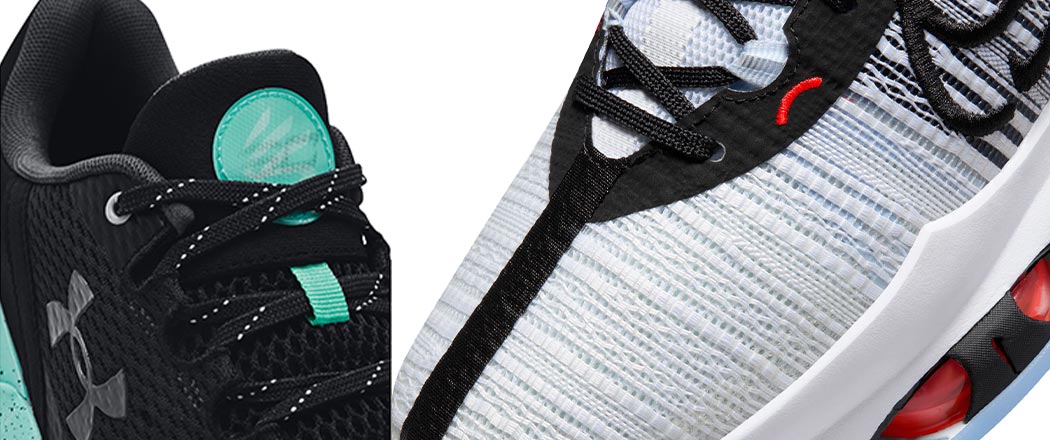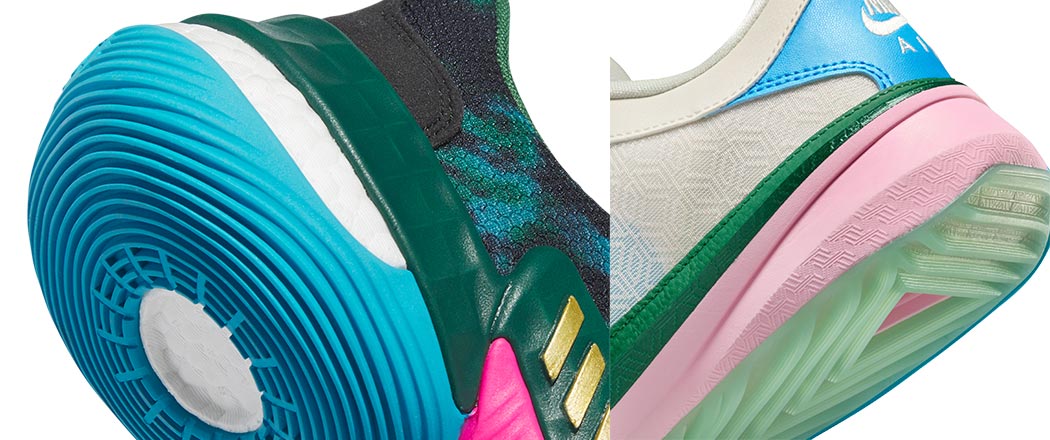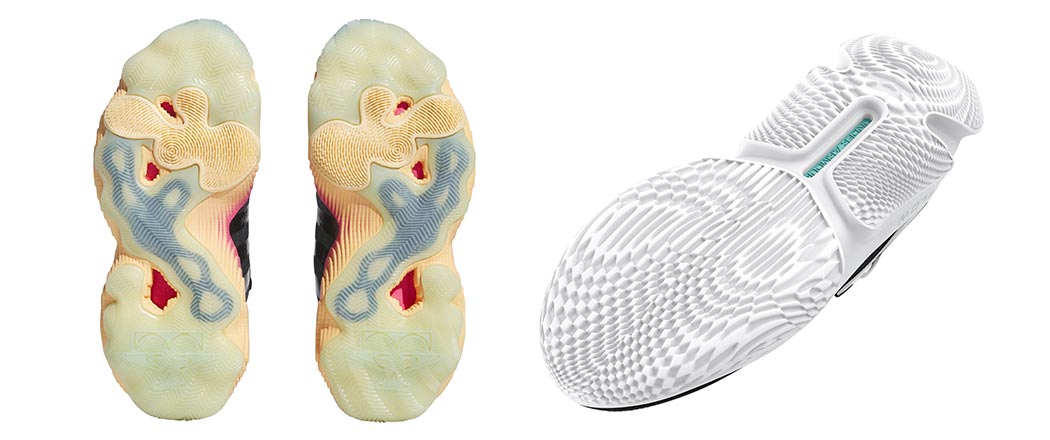Choosing the Right Basketball Shoes in a Positionless Era
Basketball has evolved significantly over the years, transitioning from a game dominated by specific roles to one that's becoming increasingly positionless. Players of all sizes now handle the ball, shoot threes, and even post up, breaking traditional moulds. As the game's dynamics shift, so do the requirements for its gear. One of the most evident changes has been in basketball shoes. No longer confined to the conventional high-tops for centers and low-tops for guards, players are looking for versatility in their footwear. Let’s delve deeper into what you should consider when buying basketball shoes in this new age of the game.
The Shift from Position-Specific to Versatile Footwear:
While once the high tops were reserved for players demanding ankle support (often the big men in the paint) and low tops were for the nimble guards weaving through defenses, this is no longer strictly the case.
Versatility is Key: Today's players, irrespective of their size, are expected to handle multiple roles on the court. This calls for shoes that offer both agility and support, regardless of their cut.
Performance Over Position: With the game's fluidity, players prioritize comfort, support, and performance over traditional position-specific shoe types. It's not uncommon to see guards sporting high tops or centers opting for low tops, based purely on personal preference and comfort.
High-Cut vs. Low-Cut Basketball Shoes: A Comparison
1. Ankle Support:
- High-Cut: The most significant advantage of high-top basketball shoes is the enhanced ankle support. Wrapping around the ankle, they provide stability, especially beneficial during jumps or abrupt directional changes. Ideal for players who want that extra security during aggressive plays.
- Low-Cut: Generally lighter, low-tops are preferred by players looking for that extra burst of speed and quick footwork.
2. Weight:
- High-Cut: Due to the additional material, high-tops can be slightly weightier, which might impact speed to a small degree.
- Low-Cut: Generally lighter, low-tops are preferred by players looking for that extra burst of speed and quick footwork.
3. Versatility in Playing Style:
- High-Cut: With the positionless game, even guards are now occasionally seen donning high-tops, especially if they're diving into the paint more frequently and need the added support.
- Low-Cut: No longer just the domain of guards, some forwards and centers are adopting low-tops, especially if they find themselves drifting to the perimeter and require agility over brute strength.
4. Aesthetic and Comfort Preference:
- High-Cut: Many players prefer the look and feel of high-tops, claiming they give a sense of completeness to their gear.
- Low-Cut: These shoes, with their sleek design, are often considered more fashionable and modern. Additionally, they can be more comfortable over extended periods, especially off the court.
Mid-Top Basketball Shoes
Benefits: Extremely versatile, combines best parts of high and low-tops.
Mid-top basketball shoes are probably one of the most versatile basketball shoes worn on the court. If you're an all-rounder player, who needs both strength and speed, then a mid-top upper basketball shoe will be your go-to. As the name suggests, the mid-top shoe is a balance between your high-top and low-top variations, which means that the player is provided ankle support as well as increase speed and agility when going for the winning dunk.
Features to Look For
When it comes to basketball shoe features, there are heaps of styles, colours, and aesthetics on the market. Basketball shoes are not just athletic shoes - they are also a statement of personality and who you are. It's important to not only look for functional features but also aesthetic qualities that can make a statement while on the court.
Upper:
The upper part of the shoe wraps the foot and plays a crucial role in fit and breathability.

Material: While leather once dominated the scene, we now see a rise in synthetic materials and knit fabrics which provide better breathability and flexibility.
Fit: The upper should conform to your foot, allowing flexibility without compromising support, especially in a game that demands swift lateral movements.
Midsole:
The heart of the shoe's comfort lies in the midsole.

Material: Commonly made from EVA foam, polyurethane, or a blend, each brand offers a unique cushioning experience. Some provide a springy bounce, while others focus on foot stability.
Adaptable Cushioning: Given the versatile playing styles, look for a midsole that offers balanced cushioning—supportive during jumps and comfortable during sprints.
Outsole:
Grip is paramount in a game that involves quick cuts and sudden stops.

Material: Thick, durable rubber outsoles are a must, especially if you play on different surfaces.
Traction Pattern: Designs like the herringbone offer reliable traction, ensuring you stay grounded no matter your movements.
Versatility: If you frequently transition between indoor and outdoor courts, consider outsoles that cater to both terrains.
How to Choose the Right Size?
When it comes to picking the right basketball shoe, having the correct size is just as important as the type of upper or aesthetic. With any shoe size, you want to make sure that your foot has enough room at the front, is firm but not too tight. To test this, make sure that you have a thumbnail length between your big toe and the end of the shoe.
For basketball shoes, in particular, there are a few more aspects to finding the perfect shoe. Firstly, it's common to need a half size bigger for athletic shoes. When we exercise, our feet can swell and expand, so extra room is crucial for comfort and mobility. Along with a thumbnail length in the toe box, look for a non-slip heel and enough room between your foot and the upper, so that your foot won't stretch the upper over continual wear, making it loose and unstable.
More often than not, it could take a few wears to break in the shoe. However, if you are finding that your shoes are causing blisters or callouses, your shoes may be too small. If your heel is slipping, try a different lacing technique or an innersole. If you're still having trouble deciding on the right fit, come in-store and have your feet professionally fitted, which will give you a sense of what to look for when picking the right shoe size.
Conclusion
The positionless nature of modern basketball requires gear that can keep up. While aesthetics always plays a part, the design, technology, and versatility of basketball shoes have never been more critical. Whether you lean towards high or low tops, remember that the game's changing nature demands adaptability. Ensure your shoes offer a balance of support, comfort, and agility to match the demands of the evolving court.
Embrace the game's evolution, and let your basketball shoes elevate every play. Happy hooping!